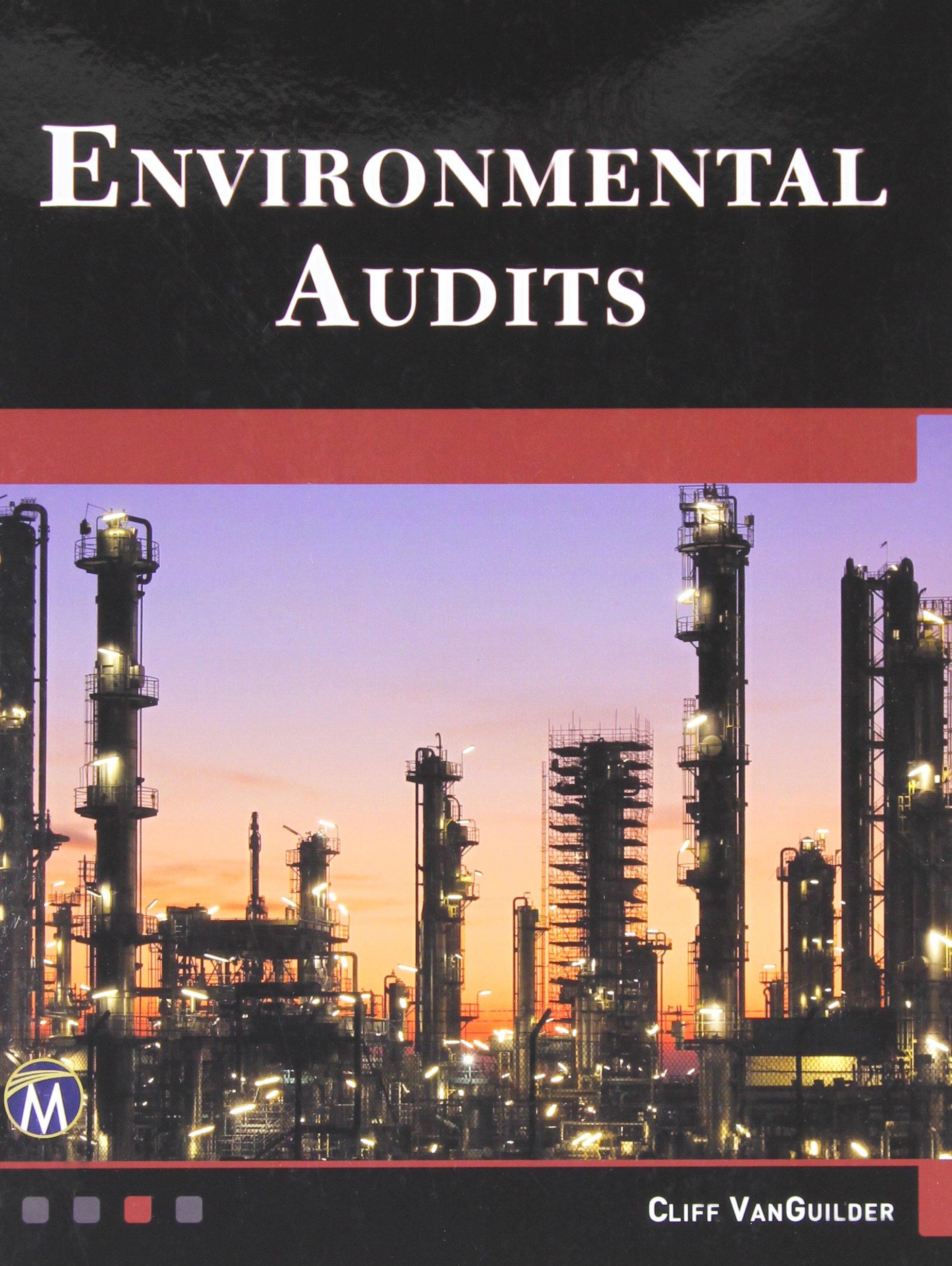Question
Stuart Company engaged in the following transactions for the year 2016. The beginning cash balance was $28,400 and the ending cash balance was $69,804. Sales
Stuart Company engaged in the following transactions for the year 2016. The beginning cash balance was $28,400 and the ending cash balance was $69,804.
-
Sales on account were $283,900. The beginning receivables balance was $94,300 and the ending balance was $76,800.
-
Salaries expense for the period was $58,640. The beginning salaries payable balance was $3,535 and the ending balance was $2,020.
-
Other operating expenses for the period were $129,850. The beginning other operating expenses payable balance was $4,610 and the ending balance was $8,708.
-
Recorded $19,930 of depreciation expense. The beginning and ending balances in the Accumulated Depreciation account were $13,800 and $33,730, respectively.
-
The Equipment account had beginning and ending balances of $213,010 and $239,210, respectively. There were no sales of equipment during the period.
-
The beginning and ending balances in the Notes Payable account were $49,000 and $149,000, respectively. There were no payoffs of notes during the period.
-
There was $6,421 of interest expense reported on the income statement. The beginning and ending balances in the Interest Payable account were $1,301 and $867, respectively.
-
The beginning and ending Merchandise Inventory account balances were $91,330 and $109,596, respectively. The company sold merchandise with a cost of $156,333 (cost of goods sold for the period was $156,333). The beginning and ending balances in the Accounts Payable account were $9,520 and $11,519, respectively.
-
The beginning and ending balances in the Notes Receivable were $5,100 and $9,600, respectively. Notes receivable result from long-term loans made to employees. There were no collections from employees during the period.
-
"The beginning and ending balances in the Common Stock account were $101,000 and $125,000, respectively. The increase was caused by the issue of common stock for cash.
-
Land had beginning and ending balances of $46,900 and $34,144, respectively. Land that cost $12,756 was sold for $9,410, resulting in a loss of $3,346.
-
The tax expense for the period was $7,870. The Taxes Payable account had a $940 beginning balance and an $866 ending balance.
-
The Investments account had beginning and ending balances of $25,900 and $29,800, respectively. The company purchased investments for $18,400 cash during the period, and investments that cost $14,500 were sold for $29,000, resulting in a $14,500 gain.
Required
-
Determine the amount of cash flow for each item and indicate whether the item should appear in the operating, investing, or financing activities section of a statement of cash flows. Assume Stuart Company uses the direct method for showing net cash flow from operating activities.
-
Prepare a statement of cash flows using the direct method.
Step by Step Solution
There are 3 Steps involved in it
Step: 1

Get Instant Access to Expert-Tailored Solutions
See step-by-step solutions with expert insights and AI powered tools for academic success
Step: 2

Step: 3

Ace Your Homework with AI
Get the answers you need in no time with our AI-driven, step-by-step assistance
Get Started


